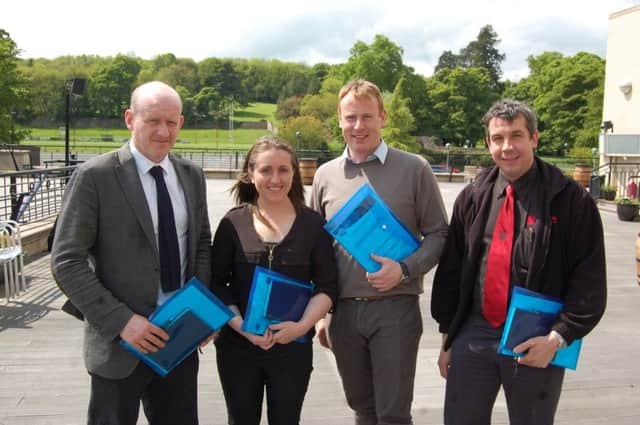'˜Doubling grassland yields is achievable'


“Grass is the cheapest feed that can be offered to dairy cows, so it makes sense to make use of it,” he added.
“And the scope to improve grassland yields is enormous. Recent surveys confirm that many Irish farmers could double the tonnages of grass they grow on a dry matter basis. Grassland yields on the island of Ireland currently range from eight tonnes of dry matter per hectare up to 20 tonnes.
Advertisement
Advertisement
“I am not suggesting that every milk producer can secure the grass output figures at the very top end of this spectrum. Land quality and climatic factors rule this out.
“But I am strongly of the view that most milk producers can up their game considerably, where grassland management is concerned.
“And it’s all about getting the basics right. A recent survey, for example, confirmed that only 11% of Irish soils have the correct pH, phosphate and potash status. So, if soil fertility is wrong, how can farmers expect to grow good crops of grass?”
Mulligan was a speaker at the recent ‘Profitability in a Challenging Market’ seminar, hosted by AB Vista in Northern Ireland.
Advertisement
Advertisement
He went on to point out that grass based dairy production should not be the preserve of Friesian or Friesian cross Jersey herds.
“There is no reason why higher merit cows cannot perform well on a grass based system,” he added.
“The Republic of Ireland is on track to increase milk output by 50% up to 2020. And within this overall target there is significant scope to get more milk per cow, while at the same time making best use of grazed grass.
“Adding more cows on a pro rata basis is simply increasing herd maintenance costs. It is for this reason that the research team at University College Dublin has commenced a trial with the aim of taking a group of quite high merit cows through an exclusively batched calving production regime, targeting 8,000l of milk per annum.
Advertisement
Advertisement
“The cows will spend 305 days at grass, calve down within a 12-week period in the early Spring and secure a 365-day calving index.
“Meal feeding rates will average 1.3 tonnes per cow per lactation. Our aim is to have the cows producing 4670l from forage.
“The programme was launched last year and it is our aim to publish progress reports on a regular basis.”